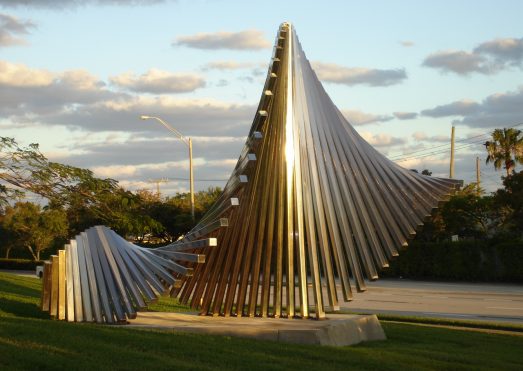
Collecting art should be an enjoyable and exciting experience.
Collecting art should be an enjoyable and exciting experience. Unfortunately not all art will increase in value and dealers and galleries often hard sell the investment portion and neglect the true value. The opposite is also true when attempting to sell a work of art.
Andy Warhol, the American Pop artist is attributed to the saying “Art is what you can get away with.” Art is truly different than anything, as the value is in the perception of who created it, despite the fact that in reality it is only a few dollars of paint, canvas, pottery, metal or paper.
How is the cost calculated therefore on something that only has perceived value? Andy’s statement should be continued as: “The cost of art is anything that you can get away with.”
I know of no law on the books that prohibits paying too much for art or selling your art for too little.
Eldridge Appraisals Inc. never buys or sells anything; our only commodity since 1982 is knowledge, research and advice. David C. Eldridge, ASA, MRICS, has two degrees in Fine Art, has worked as a museum director and curator and is the only appraiser in the State of Florida with a triple certification with the American Society of Appraisers and is one of eight in the United States.
Selling your art is as perilous as buying. Recommendations as how and where to purchase as well as how and where to sell are also available. Our fees are always based on time spent and sales commissions usually offered to the dealer or
agent are refused by Eldridge Appraisals Inc. and will result in a lower commission rate or final cost of the art.
Eldridge Appraisals Inc. surveys the art market and works directly with the auction or gallery on your behalf, negotiating the best terms possible while retaining your privacy. The process, as with all of our work is confidential; the art will be reviewed using our library and extensive resources. The actual content of the report will be determined by the client’s needs and may be a simple snapshot or extensive research and documentation.
The more information you have the better decision you will make.
Art in Public Places
Public art weaves a diverse and colorful tapestry throughout world communities. It is thought provoking, challenging, and often controversial. A few projects, such as the Statue of Liberty and the Vietnam and WWII Memorials, have become cherished symbols of pride and identity. With the inception of the National Endowment for the Arts in 1965, the modern public art program was born in the United States. The first matching grant for a public work of art was given to the City of Grand Rapids, Michigan, in 1967. The monumental abstract sculpture, entitled La Grande Vitesse, initially stirred both praise and criticism. Over time it became a symbol for the City of Grand Rapids, and its image now adorns City sanitation trucks and the mayor’s stationery. The Grand Rapids model set the stage for public art policy. Public art programs have since emerged and evolved in urban cities and small towns. These programs continue to enrich and invigorate the cultural life of communities across the United States.

The Art in Public Places program acquires works of art to be exhibited in and around state, county or city buildings in areas regularly accessible to the general public. These programs are administered by various state, county and city art commissions, trusts or art councils. These boards or commissions secure artwork in a number of ways: by purchasing existing work, or by commissioning artists to create new work especially for the state, county or city building or site. In order to reflect the rich diversity of the citizens of each state, county or city, artwork that is chosen represents a wide range of social, cultural, and historical values. The work also must be enduring and thought provoking, as well as
fiscally responsible and appropriate for the space. The focus of the program has been on site-specific, collaborative projects that involve the thinking of artists, landscape architects, historians, engineers, and architects in a team approach. Creative problem solving through innovative collaborations has resulted in projects that validate, define, and expand community identity and pride.
For more than thirty years, David C. Eldridge, ASA, MRICS, has appraised, inspected and assessed many of these public art projects around the country.


